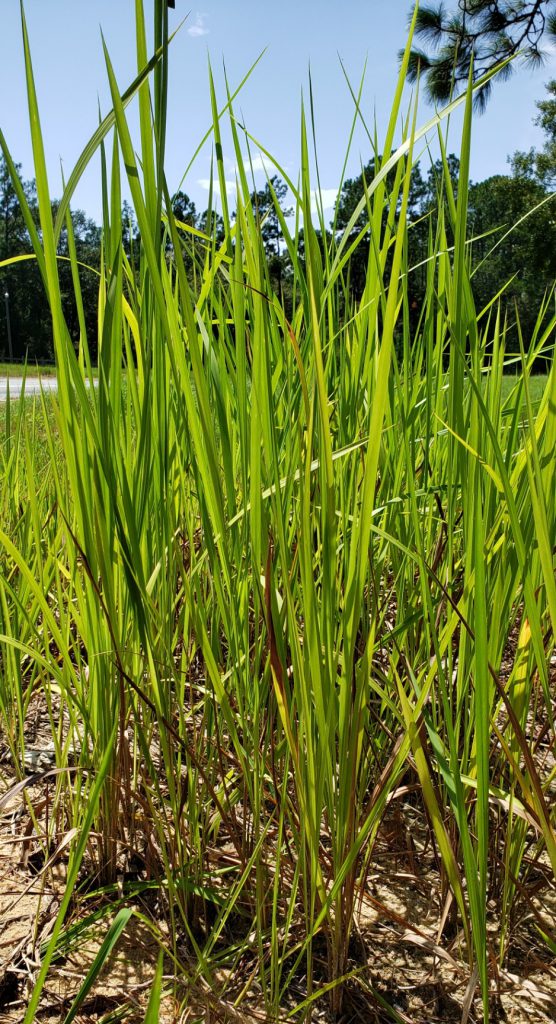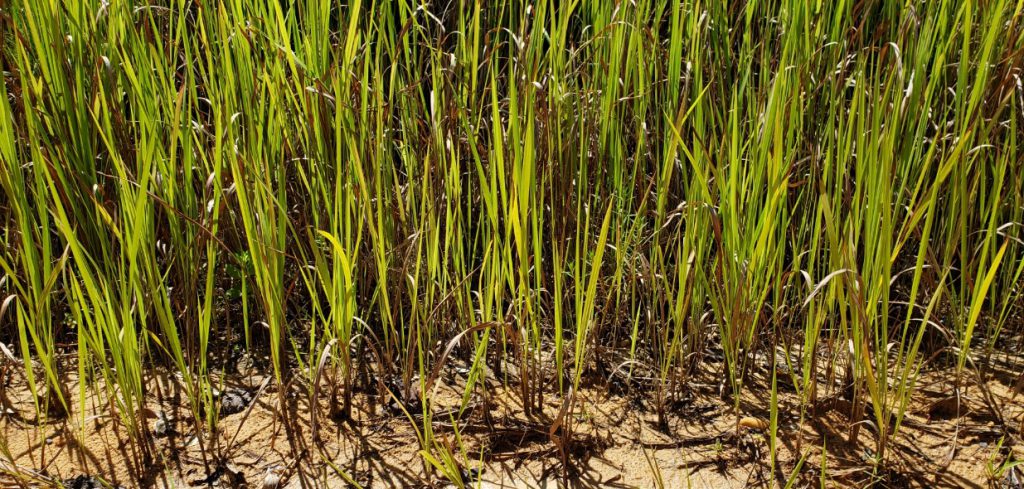Without question, Cogongrass is the most troublesome invasive plant that I (and my clients) deal with. Here in Northwest Florida, we have a lot of it, and it is very difficult to manage. It has been my observation that the difficulty of management and limited early success often lead to frustration and ultimately a loss of interest in control efforts on the part of landowners/managers. This is the absolute worst-case scenario, as diligence over time is paramount to successfully managing cogongrass. With all this in mind, optimizing the impact of the initial control effort is crucial both in terms of biology (efficacy on the plants) and psychology (keeping the landowner encouraged and motivated). If you have cogongrass to fight, take every step you can to get the absolute best results you can, out of every treatment, especially the first one.

The following is a discussion of some of the steps you can take to maximize the efficacy of your control efforts.
1) Timing Matters
Cogongrass is best treated with a fall-spring, one-two punch. Mid-summer and mid-winter treatments are not advisable. NOW is the time to treat. As I write this it is mid-October with rain on the way – by the time this is published the front will have passed and the timing will be perfect. If you ask me the absolute best time of year to treat cogongrass, I will tell you, without hesitation, “October through November, before first frost, with good soil moisture”. Spray now and be prepared to spray again in the spring when you have at least 12 inches of green leaf and good soil moisture. With that one-two successfully delivered you should see significant reduction in the size of the infestation by this time next year. Keep repeating the spring-fall process until you can no longer find any cogongrass.

2) Coverage & Leaf Area are Crucial
To make the most out of each treatment you must maximize the amount of chemical you get into the plant. This is done by getting thorough coverage on as much green leaf area as possible. Make sure you have plenty of green leaves (at least 12inches) and spray them like you’re painting a wall. You don’t want runoff, but you want every square inch of leaf covered with spray. Don’t mow or burn for at least 30 days after you spray. Cogongrass can be hard to spot, especially if it is growing mixed with other grasses/green foliage. Look diligently to find the edge of the patch and then spray 10ft past the known edge on all sides of the patch.
3) Get the Spray Mixture Right
Notice, I didn’t say pick the right chemical. There’s more to it than that. The following recommendations will be based on using the active ingredient glyphosate. (Imazapyr is also very effective on cogongrass, but due to its soil activity it is inherently more complicated to use and ensure the safety of desirable plants near the treatment area. I am not comfortable recommending imazapyr without first seeing the site where it is to be applied and discussing the risk to other vegetation with the landowner. Glyphosate must enter a plant through a green leaf making it much easier for applicators to ensure the safety of desirable vegetation.)
Generally speaking, the efficacy of glyphosate will increase if a water conditioner and surfactant are included in the spray solution. To clarify, this would be 3 separate products going into the spray tank – one herbicide and two adjuvants. The preferred water conditioner would be a 34% liquid Ammonium Sulfate (AMS) product and the surfactant would be an 80/20 Non-ionic surfactant (NIS). These products should be available anywhere ag chemicals are sold (not the garden center at a big box store) under many different name brands. Selecting a glyphosate product can be somewhat confusing, simply because there are so many different products on the market. The product amounts listed below are based on a 41%, 3lbs acid equivalent (ae) per gallon glyphosate product. This is a relatively common formulation, but there are many others available. All can be effective; it is just a matter of value and correctly adjusting the rate to match the formulation you are using.
An example mixture for treating a small patch with a hand-held single nozzle sprayer:
Fill spray tank ½ – ¾ full of water (run agitation if available)
For each gallon of spray solution you are making add:
- 3.2oz of 34% AMS water conditioner (add this first and let it completely mix before proceeding)
- 5oz of 41% 3lbs ae glyphosate herbicide
- 0.5oz of 80/20 NIS
Finish filling spray tank
For a broadcast application using a tractor mounted sprayer or other similar equipment, mix a spray solution such that 1 gallon of 41%, 3lbae glyphosate herbicide is applied per acre. Ideally this would be delivered in 10-20 gallons of water (be sure spray equipment is properly calibrated). Add a liquid AMS water conditioning product at 2% v/v before adding herbicide to the tank. Add a non-ionic surfactant (80/20 NIS) at 1qt per 50-100 gallons of spray solution after the herbicide has been added.
I understand that nobody likes to have to deal with all the numbers, especially the various formulations of glyphosate. Unfortunately, that’s just part of it… There are so many different products out there that the numbers are necessary to communicate the recommendations in a way that is widely applicable. Please don’t hesitate to contact me or your local UF/IFAS Extension Agent for assistance sourcing vegetation management products or tailoring the recommendations to match the specific products you have on hand. The most important thing is to get the mixture right and make the application be as effective as possible.
- Fall is an Excellent Time to Manage Vegetation - October 21, 2025
- Believe It or Not, It’s Time to Start Working on Cool-Season Food Plots - August 4, 2025
- Fall is Here, It’s Time to Spray Cogongrass - October 11, 2024
